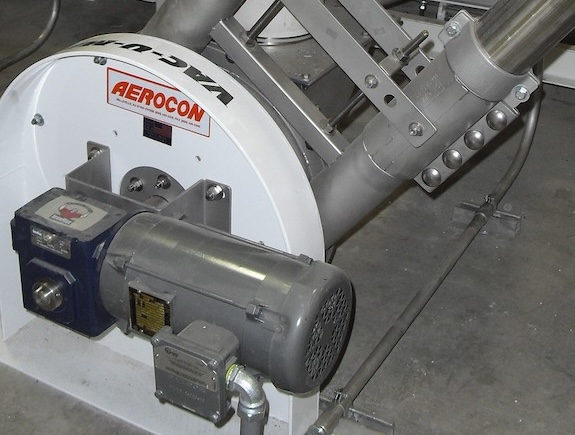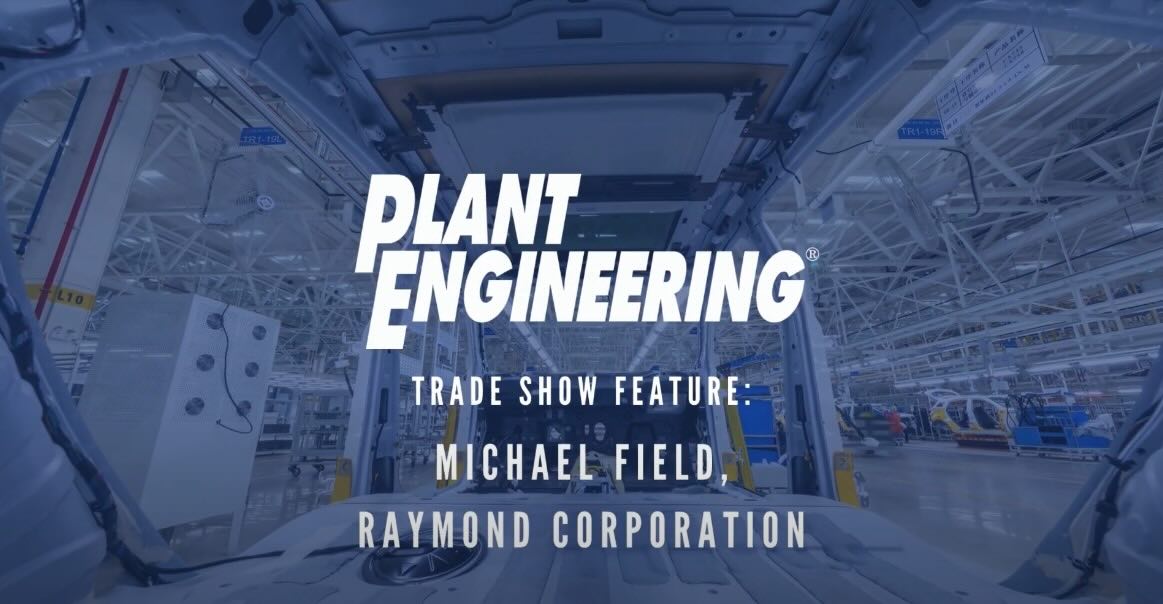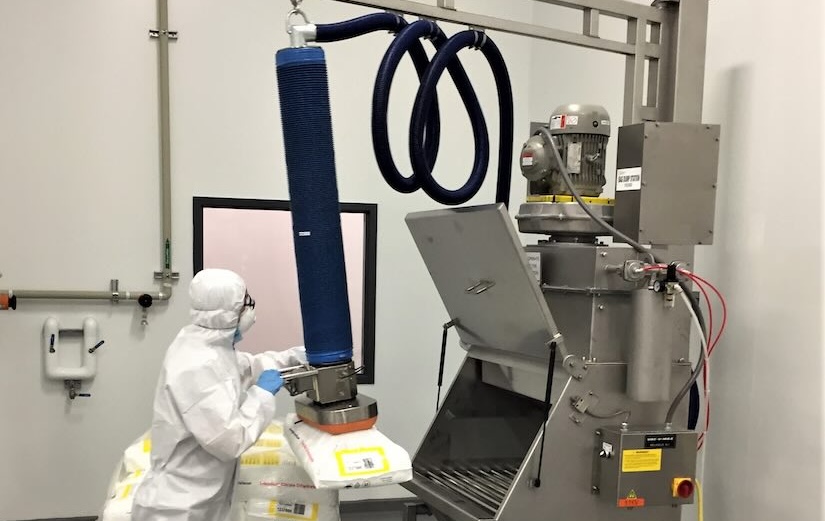Imagine this: you manage a major automotive manufacturing plant where every two-seat roadster and every SUV that the company sells worldwide is manufactured. Two vehicles on opposite ends of the continuum, right? It's not unusual to have two vehicles that differ so much roll out of the same plant. Now imagine this: both of these vehicles roll off of the same assembly line.
Imagine this: you manage a major automotive manufacturing plant where every two-seat roadster and every SUV that the company sells worldwide is manufactured.
Two vehicles on opposite ends of the continuum, right?
It’s not unusual to have two vehicles that differ so much roll out of the same plant.
Now imagine this: both of these vehicles roll off of the same assembly line.
It’s what BMW is doing at its plant in the hills of South Carolina. However, it wasn’t always set up that way.
Plant Spartanburg — the company’s only U.S. manufacturing plant — is located on 1,150 acres in Spartanburg County in upstate South Carolina. It was commissioned in 1994 to produce 3-Series sedans. The first 318i rolled off the assembly line on Sept. 8, 1994, just 23 months after the plant’s construction began. Later, the 4,728,814-square-foot plant produced the Z3 roadster, which landed a starring role in the 1995 James Bond film GoldenEye. The plant currently is home to the Z3’s successor, the Z4 roadster, as well as the M roadster, the Z4 coupe, the M coupe and the X5 sports activity vehicle. Until recently, the Z4 and M models shared an assembly line, while the X5 had its own dedicated assembly line.
Merging two lines
Converting the plant from a two-line operation to a one-line facility was a long, difficult road that began three years before. But once the plan was set in motion, teardown of the existing lines, demolition and reconstruction were completed in a remarkable 56 days. And production of the X5 actually continued during the first month of the project.
“Three years ago we started doing this planning,” said Gerhard Menzel, section manager for structural planning in assembly at BMW. “At the beginning, we started just planning an extension of the two-line system. Then the idea came on the table to combine both lines.”
The concept of converting from two lines to one was to prepare the plant for the future, providing it with the flexibility to meet demand, explained Bunny Richardson, assistant manager, media relations.
“It allows us to introduce new models more quickly and allows us to respond to customer demand with the mix of cars,” she said.
The conversion commenced with the production of the final Z4 of 2005 on Nov. 9. Dismantling of the Z4 line began literally as the last car made its way down line, with workstations behind the car being taken apart and anything that was being saved tagged for storage.
“The first thing we had to do was get everything out of this area that we wanted to save,” said Beth Phillips, senior specialist manufacturing engineer in assembly for BMW, referring to the old Z4 line. “All of the process equipment that we wanted to save: the lift assists, the carousels and all that kind of stuff had to be taken out and packaged up,” for removal, transport to and storage at a local warehouse BMW had rented. “All of the production-type equipment, the trash cans, the lockers, the tables, the chairs,” she added.
Workers used color-coded tags as they packed things for storage, marking each tag with information describing the item, where it came from, the section leader and who was responsible for that particular item, Phillips explained. The warehouse was similarly color-coded to ease retrieval of equipment during reconstruction.
“We didn’t use the tag to identify where (the part) actually came from,” Phillips said. “It was tagged for where it was going to (in the new line). So it was a proactive approach on the tag.”
Time for this part of the project was short. Scheduled for just a few days, the teardown of the Z4 line was completed ahead of time, a good thing in Phillips’ estimation.
“We were supposed to have less time, but we ended up having a few days because we were ahead,” she said. “And it was a good thing, because we had a lot of lessons learned on this line clear that we applied to the next line clear, which happened in December.”
That next line clear, the X5 line, wouldn’t occur for almost another month, allowing production on that vehicle to continue. A large curtain was installed between that production line and the demolition area to shield the production area. And several tests were run before deconstruction and demolition began to ensure X5 production would be unaffected by the other operations.
“The utilities we have are common distribution, and all the utilities actually ran up in the trusses,” said Cleveland Beaufort, section manager, plant engineering for BMW. “You wanted to make sure you didn’t have a negative impact on the X5. So there was a lot of coordination, a lot of verifying where things fit from or where you can isolate from, or some of the critical things you can only do after the end of production. So it took a lot of teamwork.”
Production on the X5 ceased on Dec. 9. Following the teardown of the line, though less intensive than that of the Z4 — due to it being a newer line with more updated technology, Phillips said — the plant workers were sent home for the winter shutdown. And with some intrepid scheduling, they did so with full benefits.
“We moved the summer shutdown for 2005 later in the year. We moved the summer shutdown for 2006 up, and we had two weeks of winter shutdown, to get the four weeks so that everybody could have this time and we could do this with pay,” Richardson explained. They’d return to an entirely different working environment.
Construction continued throughout the next four weeks, handled mostly by contractors and assigned BMW personnel, Richardson said. New conveyor pits were dug and constructed, new concrete was poured and the new line assembled.
“They left for the Christmas holiday; when they came back, they were in new work teams, in a new work environment and they were building new cars,” Richardson said of the workers.
Beginning in January of this year, the Z4 and the X5 began using their shared assembly line. The first vehicles to roll off the new line, X5s, were completed on Jan. 12, just three days after employees returned from the construction shutdown. Z4 and M coupe production began in April. The plant now produces 590 cars each day and can ramp up to build more than 600 per day, if needed.
Alternative energy sources
As impressive as the one-line conversion operation is, it’s only one forward-thinking component of BMW’s Plant Spartanburg operations. Another aspect is its use of landfill-generated methane gas as an alternative source of energy.
Produced by the decomposition of organic materials inside landfills, methane gas has greenhouse gas implications when released into the atmosphere. Most often it is burned — flared — by landfills to destroy its greenhouse effect, but in BMW’s case, it is harnessed from the local Palmetto Landfill, a Waste Management facility, and piped and compressed for use as fuel.
Unlike similar projects where the facility using the landfill gas is adjacent to the landfill, BMW’s location is 9.5 miles away from the landfill. This required a pipeline, which project partner Ameresco built, manages and maintains, Beaufort said. Ameresco also incorporated gas processing and compression facilities into the project.
Built underground, the pipeline is constructed of 12-inch-diameter, high-density polyethylene pipe and stainless steel. Stainless steel is used where the pipeline comes above ground, which occurs in only two places, Beaufort explained.
Once the landfill gas arrives at BMW’s facility, it is put through two piping lines, a high-pressure and a low-pressure piping distribution system, Beaufort continued. After being compressed, the high-pressure landfill gas is transported to four gas turbines. The low-pressure landfill gas is transported to the paint shop and to the energy center. The gas turbines, which burned natural gas before being retrofitted for this project, use the high-pressure landfill gas to produce hot water and electricity, which is then used by the facility’s energy center to generate hot water and compressed air, as well as power chilled water equipment. The low-pressure landfill gas sent to the paint shop is used to power the burners in each of the drying ovens, a total of 18 burners, explained Dara Leadford, Six-Sigma Black Belt. Since being converted from natural gas burning to landfill gas burning, the paint shop has seen substantial savings, Leadford added. The portion sent to the energy center is used as the exclusive fuel source for one of three packaged boilers, Beaufort explained.
According to BMW, the landfill gas-to-energy project has provided big benefits for both BMW and the community. It provides 53% of the plant’s energy needs, recovers sufficient energy to heat the equivalent of 15,000 homes a year and improves local air quality by removing greenhouse gases from the atmosphere.
“The generation that we get from landfill gas offsets what we would normally have to purchase from Duke Power,” Beaufort said. “And it’s from a renewable energy source, which is definitely a big plus.”
“We are using a wasted resource and we’re saving more than a million dollars a year,” Richardson said.
Traits put plant at the top
Converting from a two-line to a one-line production scheme is no small feat, and when the two products being produced on that line are as dramatically different as are BMW’s Z4 variants and X5 sports activity vehicle, it makes the feat that much more substantial. Through activities such as the one-line conversion and the landfill gas-to-energy project, as well as its numerous contributions to the community and the environment, the Spartanburg plant has demonstrated creative thinking and innovation, traits that put any plant at the top of its game.
BMW
Spartanburg, SC
By the numbers:
Square footage : 4,728,814 square feet
Number of employees : 4,500
Number of shifts : 2
Product produced : Z4 and M roadsters, coupes; X5 SAVs
Plant opened : 1994
Union representation : None
Plant history:
Previous models : 3-Series sedans (1994); Z3 Roadster (1995)
FYI Online
View a time-lapse video of the deconstruction, demolition and reconstruction of BMW’s Spartanburg assembly plant at
View a documentary video on the Landfill Gas-to-Energy project at
Learn about the landfill gas-to-energy project partners, Ameresco and Waste Management, at
In two sidebar stories, Senior Editor Kevin Campbell examines some of the other traits that make BMW’s Spartanburg assembly plant a Top Plant:
Elimination of waste is a hot issue in manufacturing today and one that BMW takes very seriously. Read more about what the company does in terms of recycling and going “green.”
BMW’s Spartanburg plant provides a great deal of outreach to the local community. Find out about some of the things they do.
Learn just about everything you wanted to know about the Z4 and the X5 models, and “build your own,” at



